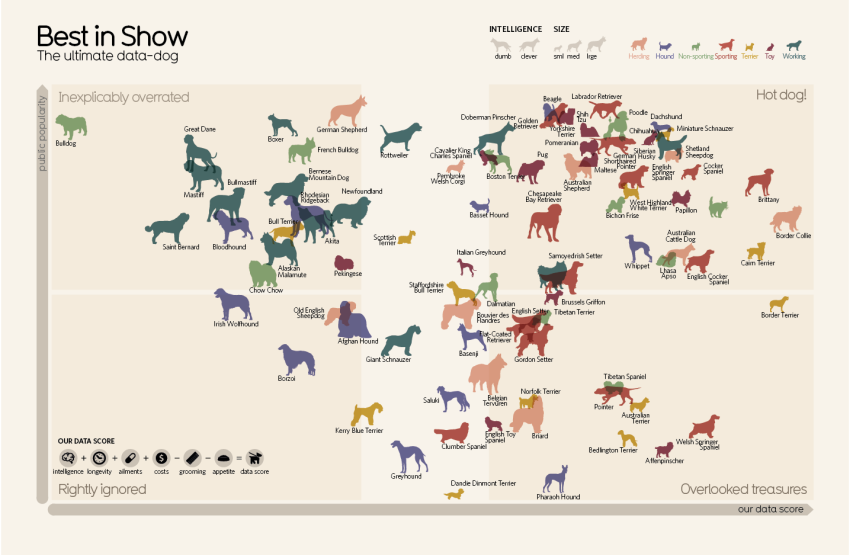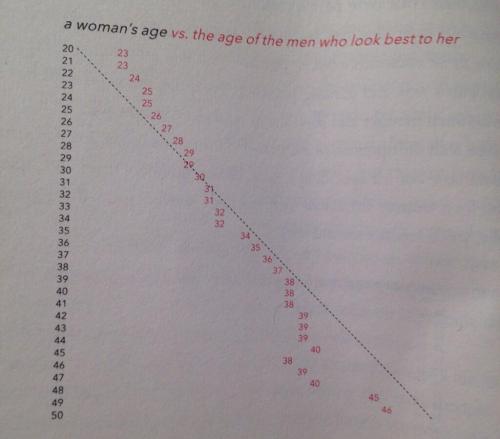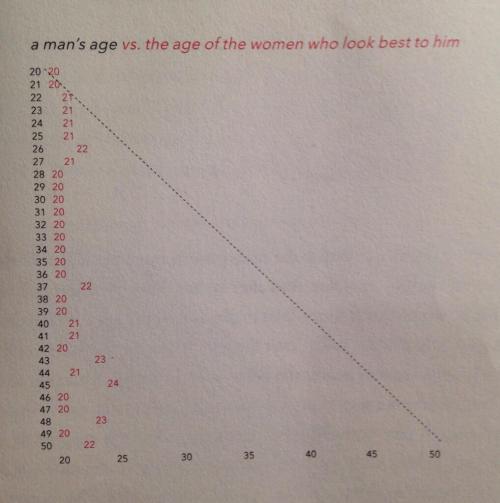In any species that lives lives other than the solitary, brutish, and short variety, members cooperate. Cooperation is often a utility maximizing approach for basic economic reasons: if I’m well fed because I had a good hunting day, and you’re hungry because you had a bad day, a marginal calorie is worth much less to me than it is to you, so I should share some of my catch with you. This is true for two reasons: first, because if we’re kin, your future reproductive success redounds to the benefit of (some of) my genes, and second, because you might return the favor a day or a year later.
Nature, however, is better at generating frenemies than friends. A better way for me to reproduce my genes is to use a mixed strategy: helping you when it’s easy, defecting when I think I can get away with it, etc. I should ideally take food from you when offered, yet give back as little as I can get away with. I should be seen to be a good ally, and fair, and yet stab you in the back when I can get away with it.
In social species, there’s advanced technology to accomplish these goals: I can marshal alliances, vote people off the island, harass males away from fertile females, seize more than my share of the food for myself and my offspring.
It doesn’t matter if it’s nice; it matters if it’s effective. Gnon has no pity and laughs at your human ideals…especially because he created your human ideals to help you be a convincing liar in social games.
And thus deception slithered its way in to the garden of Eden and/or earthly delights.
What is the take away here? It is this: evolution has crafted every one of us for one mission: to pass our genes on to the next generation. The fact that you, or you, or you, have chosen not to have kids does not refute this; in fact, in supports this. Your genes will not be present in the next generation, and Gnon will laugh.
And what effects does this mission have on us? High libidos? Well, yes, some of that — but so much more. We’re the ape with the run away brains. Any ape that just had a high libido is long removed from the gene pool. Only the apes that also are excellent at joining alliances, marshaling allies, sniffing when the winds are changing, and defecting strategically reproduced with enough success to have contributed meaningfully to our genome.
A million years ago this alliance-making skill meant being on the right side of the alpha ape…and perhaps sneakily supporting the up-and-coming number two male.
Ten thousand years ago it meant being a member of a hunter gatherer tribe, and making status-degrading jokes about the one guy who was acting a bit big for his (deer hide) britches.
A thousand years ago, it meant … well, by a thousand years ago, social alliances for status games were starting to look pretty damned modern. It meant cobbling together wacky alliances from diverse groups like Diggers, Levelers, and Fifth Monarchists in order to overthrow one set of rulers and establish yourself in their place. Once in power there are all sorts of food-and-sex optimizing strategies for those good at the alliance game… like enslaving the foot soldiers of the old regime and selling them into slavery overseas, seizing their land, and more.
Clark, “Gamer Gate: Three Stages to Obit”, Popehat, 2014-10-21.







